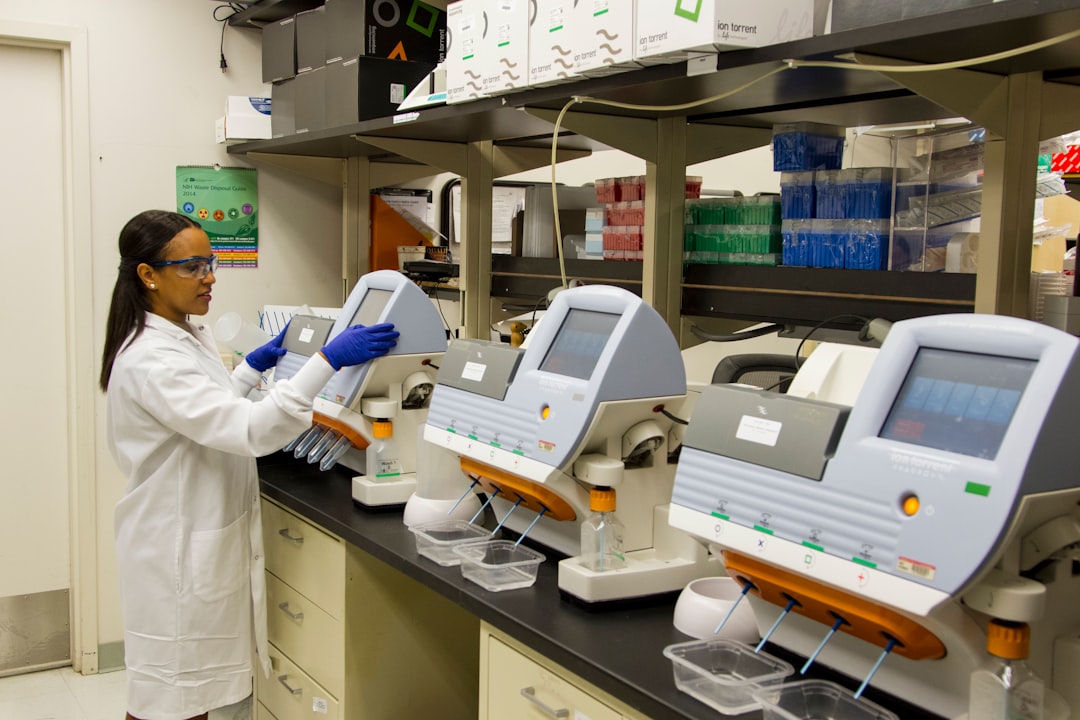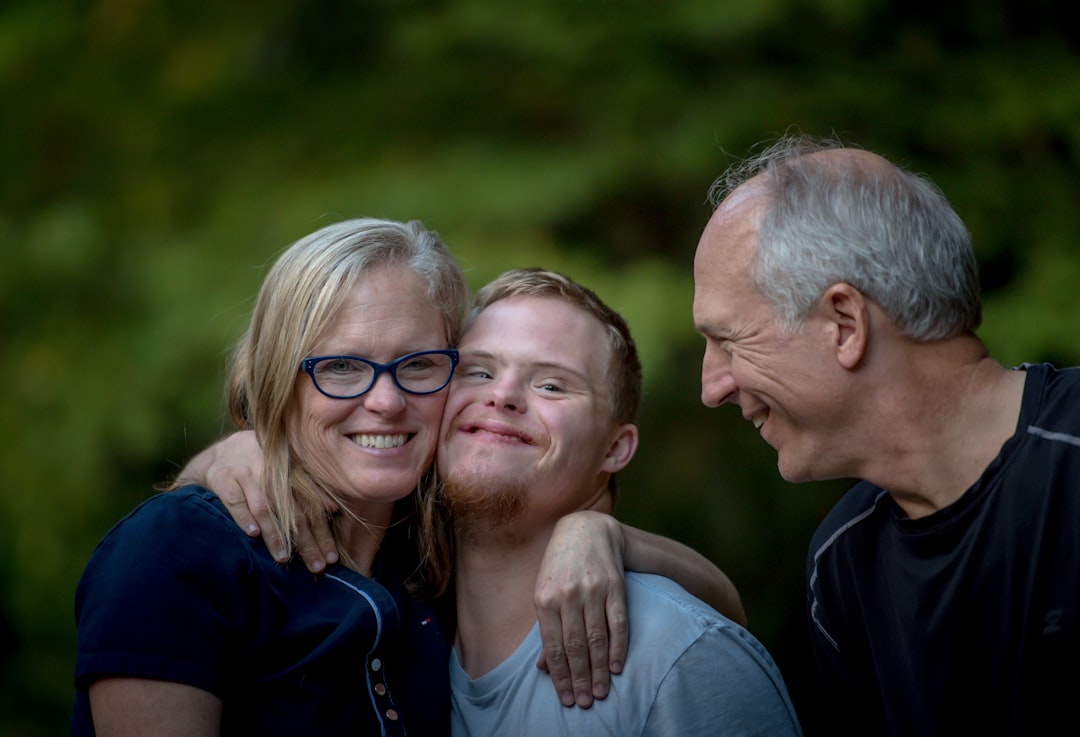What is it about?
Studies of the dynamics (3,7,14,21 days) of healing the burn wound on the skin of white adult male rats of the line were conducted. The content of nuclear factor kappa B (NF-κB), vascular endothelial growth factor (VEGF), its receptor (Flt-1) in the regenerate tissue was studied by Western blot analysis, regenerate cells and peripheral blood (PB) were counted and bone marrow myelogram (BM) was conducted.
Featured Image
Why is it important?
It was found, that Blood neutrophils are the main donors of VEGF and stimulate the expression of the FLT-1 receptor. On the background of hyperglycemia in the regenerate there is a state of chronic inflammation, imbalance of receptor and ligand of angiogenesis: VEGF and FLT-1, which deepen hypoxia, prevent the physiological course of burn wound healing, and maybe an important factor in impaired tissue regeneration in diabetes.
Perspectives
I believe that the study of the fundamental mechanisms of any pathophysiological process is always interesting. We investigated the correlations between indicators that changed over the course of 21 days. This is an interesting exploratory approach to imagine the relationship between cause and effect.
Larysa Natrus
Natsional'nii meditsnii universitet imeni O O Bogomoltsa
Read the Original
This page is a summary of: Correlational analysis of the regulatory interplay between molecules and cellular components mediating angiogenesis in wound healing under normal and hyperglycemic conditions, Clinical Hemorheology and Microcirculation, September 2021, IOS Press,
DOI: 10.3233/ch-201077.
You can read the full text:
Contributors
The following have contributed to this page










